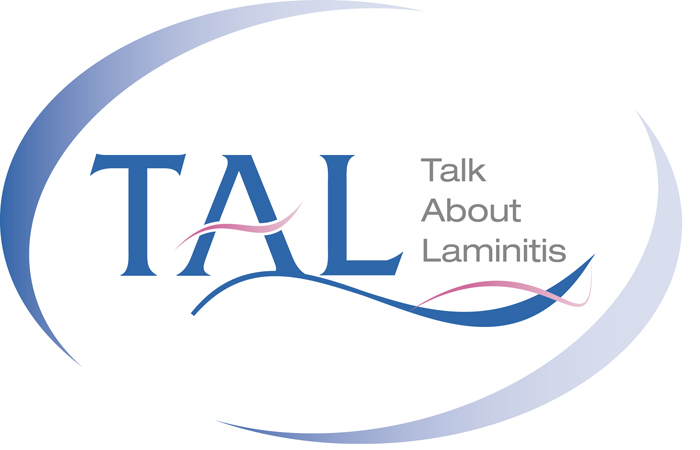Vets are urged to test routinely for Pituitary Pars Intermedia Dysfunction – commonly known as Cushing’s syndrome – at the annual health check or vaccination visit for horses over the age of 15.
The recommendation follows the analysis of data collected as part of Boehringer Ingelheim’s Talk About Laminitis (TAL) disease awareness initiative, which has seen more than 47,000 horses tested for PPID since it was launched in 2012. The data revealed that, regardless of presenting clinical signs, a horse aged 15-20 is three times more likely to have PPID compared to a horse under 10, and this risk increases with age.
Despite the high prevalence of PPID in the older horse population, it is also recognised that the clinical signs of this disease are insidious in onset and that owners may simply associate them with the ageing process. One study demonstrated that in a single population of horses over the age of 15 only 1.6% of owners reported signs of PPID. However, when the same group of horses were examined by a vet, 21% were found to have signs of the disease.
“It is often difficult for owners to spot the signs of PPID as they frequently associate them with the ageing process. However, PPID is now the fifth most commonly diagnosed disease in horses in the UK,” said Dr Jo Ireland, veterinary surgeon at the University of Liverpool.
Early identification allows owners to make informed decisions about treatment and management to ensure that their horse stays as healthy as possible. This is particularly important when laminitis may be a consequence of uncontrolled PPID.
The TAL disease awareness initiative runs from June until the end of October and aims to raise awareness of the underlying hormonal causes of laminitis – PPID and Equine Metabolic Syndrome (EMS). The initiative is supported by Redwings, The British Horse Society and World Horse Welfare.
As part of the scheme, laboratory fees for the blood test which detects PPID (the basal ACTH test) are free.


